Lamborghini Huracan STO: what is it?
Lamborghini’s Huracan has always been about two things – its epic, naturally aspirated V10 engine and its rakish, low-slung looks. Grip and driving dynamics, for the most part, have always been taken care of by the four-wheel-drive system. ‘Provide plenty of grip and the rest will take care of itself.’ This, sort of, has always been the philosophy. And it has worked fabulously. There have been rear-wheel-drive versions too. Back in 2009, Lambo introduced a rear-wheel-drive version of its V10 Gallardo known as the Balboni edition, and you can get a rear-wheel-drive Huracán today, of course. However, these have always been more thrilling rear-wheel-drive supercars than precision driving tools that are targeted at the track.
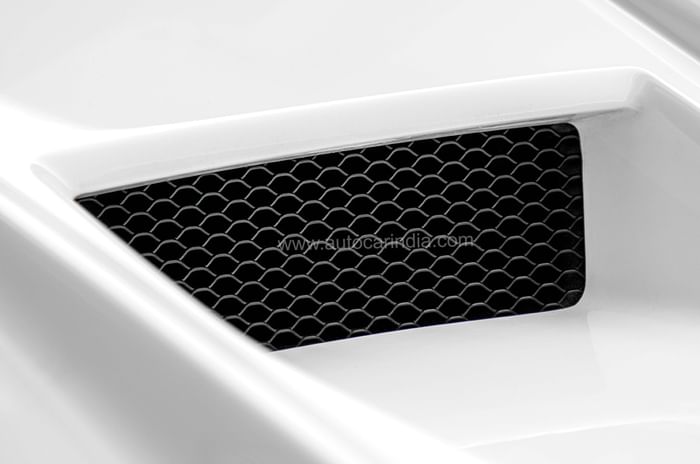
All this changes with the introduction of the STO; a special (but not limited) edition version based loosely on the Super Trofeo race car. Made with plenty of aero trickery, loads of carbon-fibre panels, a new steering system and a retuned suspension, the STO or Super Trofeo Omologato is a Huracan for the hardcore driving enthusiast. Lambo’s GT3, if you will.
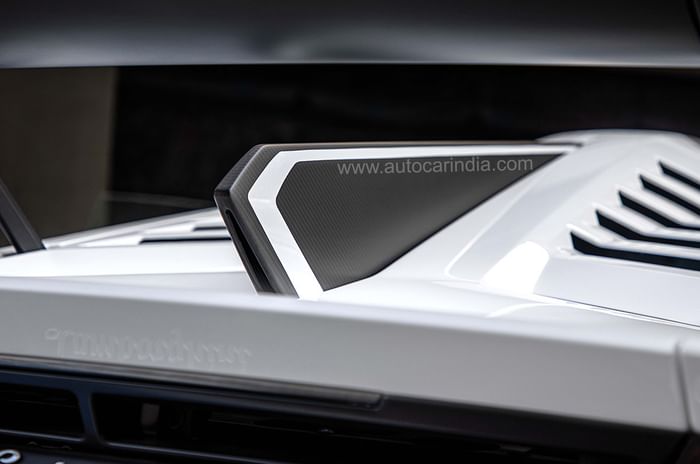
Changes to the STO include a single-piece clamshell nose, engine cover and rear wings all done in carbon fibre. There’s a thinner windscreen and side windows and these, among other diet measures, result in a drop in weight to 1,339kg (dry). To ramp up grip at high speed, there’s improved downforce over the front axle due to the inlet in the nose and vents behind the front wheels, and at the rear, there’s a big wing that can deliver 420kg of downforce at 280kph. To help make it more agile and stable at the same time, the STO uses both, rear-wheel steering and torque vectoring, and to improve ride despite stiffer springs, there’s the updated 2.0 MagneRide system that Ferrari has been using successfully all these years.
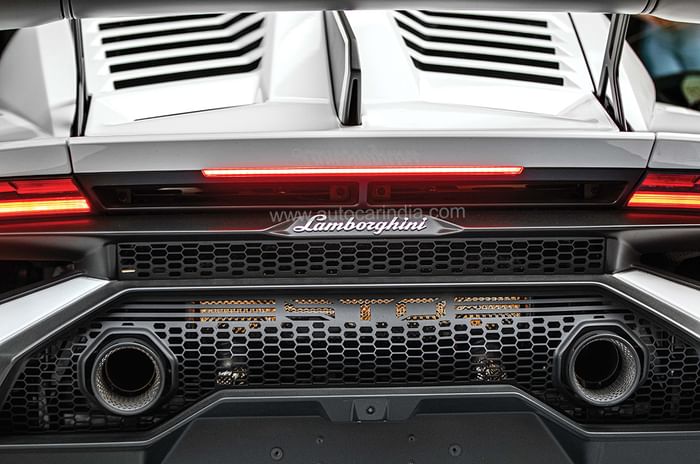
It’s easy to tell the STO apart from the regular Huracan too. The big wing is a dead giveaway and so are the louvres in the bonnet and the engine cooling snorkel on top. All the addenda do take away from the purity of the wedge shape and the bi-colour paint job only accentuates this.
Lamborghini Huracan STO: what’s it like on the track?
To find out what it’s really like and see just how much better it is than a regular Huracan, we have the Buddh International Circuit to play with. The smile comes on the way out of the pit. The V10 may put out 640hp like the Performante, so no big bump up here, but what an atmospheric engine it is. And the bespoke exhaust makes it sound even more extraordinary. Unlike Ferrari, which majors on a high-pitched scream and a trumpeting howl, there’s so much more mid-range and ‘gut’ here. Think soprano versus tenor, and the long guttural cone of sound it leaves in its wake is just fantastic.
As I get onto the straight and put my foot down, the Huracan starts to accelerate with vicious intent, lunging at the horizon, power pouring out from the rear wheels. And there’s more than enough power here... at no point do I say to myself “I’d like another 100hp,” as strange as that is.
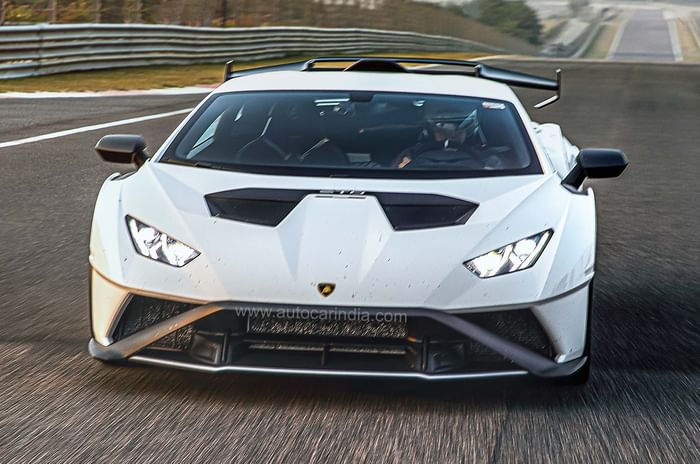
Moving from the STO mode to Trofeo or track mode ups the ante even more, the engine responding quicker still. The gearbox now needs manual intervention from the paddles, and this immerses me deeper into the experience. The manner in which the engine races to the redline, however, has me bumping up against the hard limiter... which sort of spoils the flow. Have to focus more. But it’s tough; it hits the limiter just as it goes through the smoothest and quickest part of the power-band. But what an engine... while turbocharged engines are getting stronger and more responsive in the top end, this is still the real thing, the real benchmark.
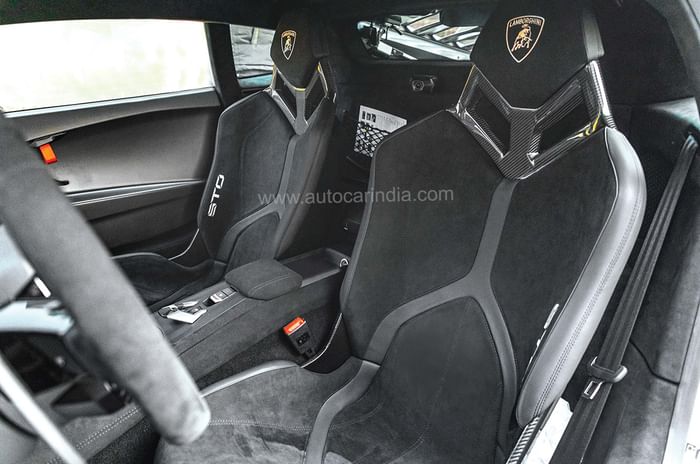
Driving the STO on the track also shows just how far the Huracán has progressed when it comes to handling. Driving it hard and pushing it to the limit no longer feels as exciting as hand feeding a crocodile. The STO feels more lithe, more agile and more relaxed, all at the same time. The steering feels much better straight away. More direct and less ‘snappy’, the car steers in a more natural and even manner. This is very important when you have a traction-limited rear-wheel-drive supercar with a roughly 40:60 front-rear weight distribution. The steering feel is still a bit light and it doesn’t have real connect, but it is so much better overall that the driving experience is considerably elevated.
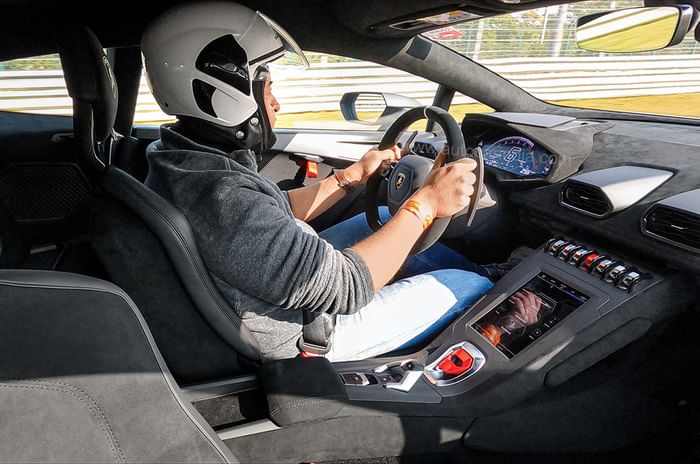
As the pace increases, I begin to brake later and pay more attention to Brembo’s new CCM-R Carbon-Ceramic brakes. The suffix R here stands for race and these discs are made especially for production cars that will be driven regularly on a track. Similar in construction to carbon-carbon discs used on Formula 1 cars, these discs offer very impressive stopping power, good pedal feel and simply unreal levels of thermal conductivity. Cooling is four times better (at 400degC), even when compared to regular carbon-ceramic discs.
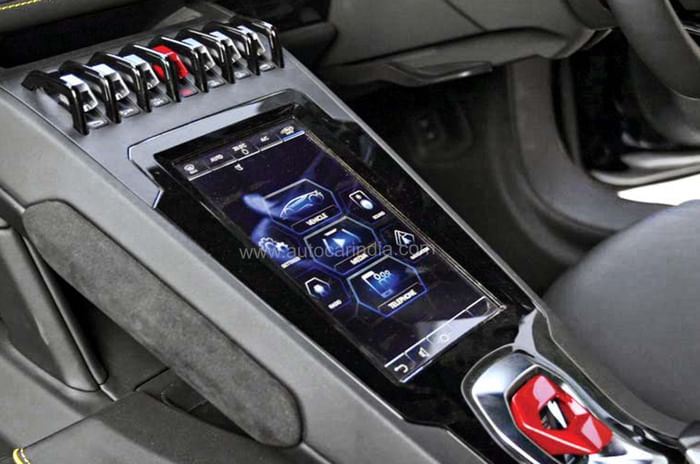
With a pair of long straights at the BIC and some long, hard, heat-inducing stops, I expected the pedal to feel a bit worse for wear after a few laps. But no. Even five laps on, they seem to deliver the same amount of bite and seem near tireless. There’s so much retardation on hand that I regularly stop well short on the long back straight. And what’s cool is that the central screen in the cabin gives you a colour-coded graphic of the temperatures being generated. What the trustworthy brakes also allow you to do is enter corners with more and more confidence. As ever, getting on and off the brakes and on and off the throttle smoothly, without any ‘spikes’, allows you to get more out of the car, and here too, the STO responds to a smooth, confident style best. In Trofeo drive mode, the car allows for loads and loads of slip, and driven in this way, with the limits not approached suddenly, the Huracan’s rear starts to move around in a sort of friendly manner. This frankly is a massive improvement over the regular rear-wheel-drive Huracan. Transitions are smoother and more transparent, and what makes it easy to add a bit of power are the engine’s linear responses.
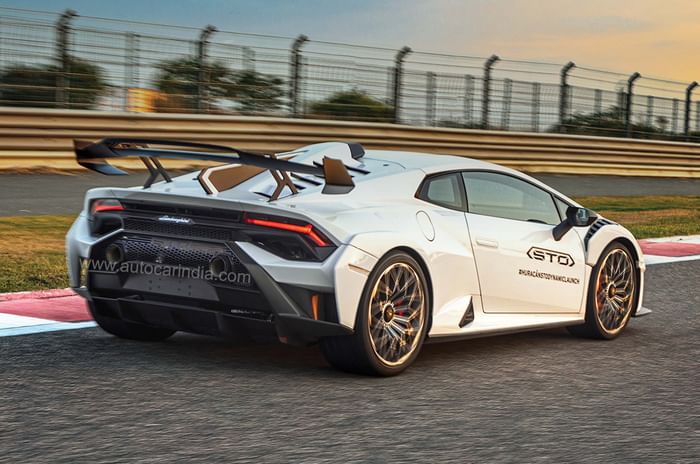
This is a Huracan though, and that means you have to pay attention and wait for the weight transfer before you get on the gas again. Ignore the effect of the heavy engine in the back, get ham-fisted with it and it will sucker punch you. Drive it like a Porsche 911 instead, assume there’s a big counterweight loose in the rear, work with the car, and it will reward you with a phenomenal driving experience.
The STO even has a telemetry system that logs data and records videos, so you can watch yourself drive and share the results with your friends.
Lamborghini Huracan STO: should you buy one?
This, clearly, is the best driving Lamborghini Huracan ever. What’s also clear is that racing improves the breed. A car you can truly drive and explore on a track, the STO is a Huracan that is both thrilling and semi-approachable, and that’s just huge. While we can’t quite tell how well it will take to our roads and just how useable the performance will be in our conditions, this clearly is a fitting last hurrah for the Huracan. For those considering one, and smarting at the premium of approximately a crore-and-a-half over a regular Huracan, remember that the STO, at Rs 4.99 crore, is almost certain to be a future classic, one that will be much sought after and hold its price well.



























